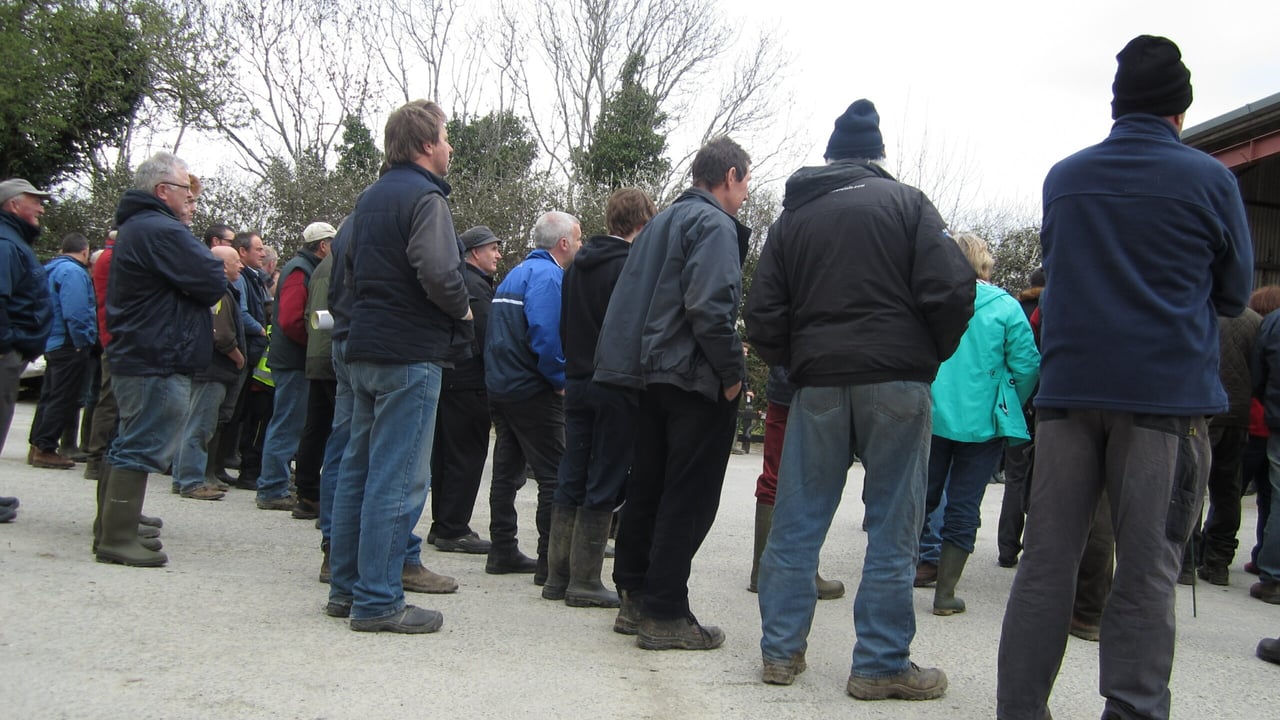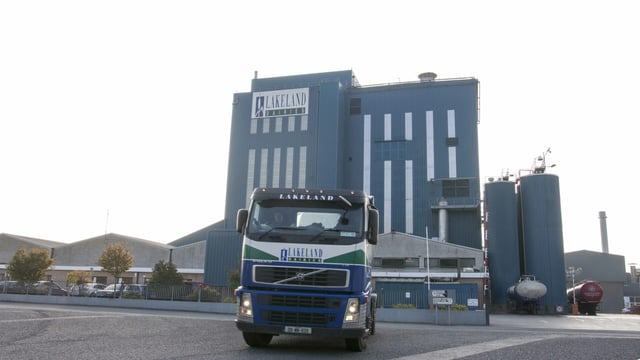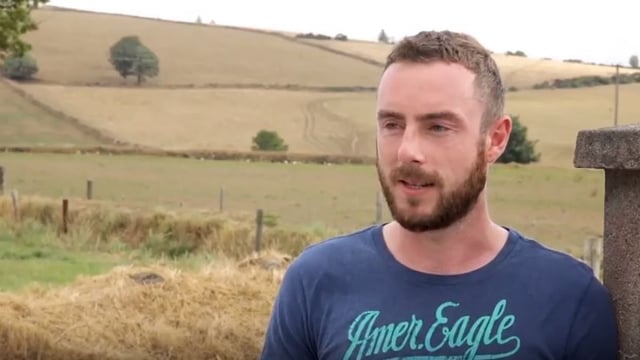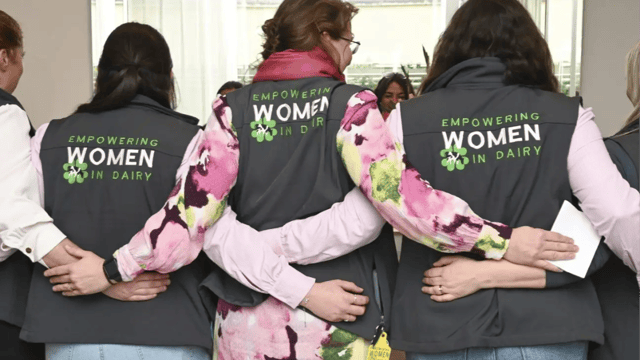Knowledge Transfer: Farmers learn best from each other
By Minister of State Andrew Doyle
Knowledge Transfer or discussion groups have a rich history in Irish agriculture.
They are one of the drivers of growth for our agriculture sector by equipping our farmers with new learning and skills.
Previous analysis from Teagasc show that discussion group members are up to 20% more likely to adopt new technologies and best management practices.
As a farmer myself, I know that farmers learn best from each other. This is why our Knowledge Transfer programme is based on peer support and collaborative learning, facilitated by experts in that area.
There are currently over 19,100 farmers in the beef, dairy, sheep, tillage, poultry and equine sectors participating in KT groups.
KT in Forestry
We have now decided to extend this model to forestry so that farmers and other forest owners have the opportunity to benefit from this learning model.
In Ireland we have almost 22,000 forest owners thanks to the State’s investment of some €3 billion in establishing new forests throughout the country. Many of these plantations are approaching thinning or harvesting stage for their crops.
Extending KT to the forestry sector is a key commitment of the Forestry Programme 2014-2020 Midterm Review published earlier this year and I am very pleased to be delivering it now.
There are a number of reasons for extending Knowledge Transfer to forestry.
We know that many private forest owners have limited knowledge of forest management operations including harvesting and may be unaware of the financial benefits of thinning or other forms of management intervention.
Earlier this year I visited Finland, which has a well-established forestry culture, to examine lessons which could be applied to Ireland as our investment starts to come to fruition.
KT groups for forestry will have a key role and will bridge this information gap thereby removing a significant barrier to timber mobilisation while also helping forest owners to manage their investment to its productive potential.
Fundamentally different
It is important to bear in mind that forestry is fundamentally different to more traditional forms of agriculture when it comes to knowledge transfer.
For example, a forest owner is likely to go through a rotation only once in their lifetime while a livestock farmer can learn from last year’s cycle.
My department’s Felling Decision Tool puts into sharp focus the impact of making poor forest management decisions and therefore the importance of making informed choices.
For example, the indicative value of timber grown on an unthinned 10ha stand of Sitka spruce (yield class 22), felled 5 years too early is approximately €220,000 (standing); the value of the same forest, thinned on three separate occasions and clearfelled at its maximum financial rotation, is over 30% greater at €290,000.
One chance to get it right
As you can appreciate, forest owners only have one chance to get the management of their forests right and, without the right information, forest owners run the risk of seriously reduced revenues.
Timber security at harvesting time, sales dispatch protocols and a robust timber contract need to be firmly in place when it comes to realising your investment after a 40-year cycle.
I would encourage all forest owners to take part in the scheme and to look at further details on my department’s website.




